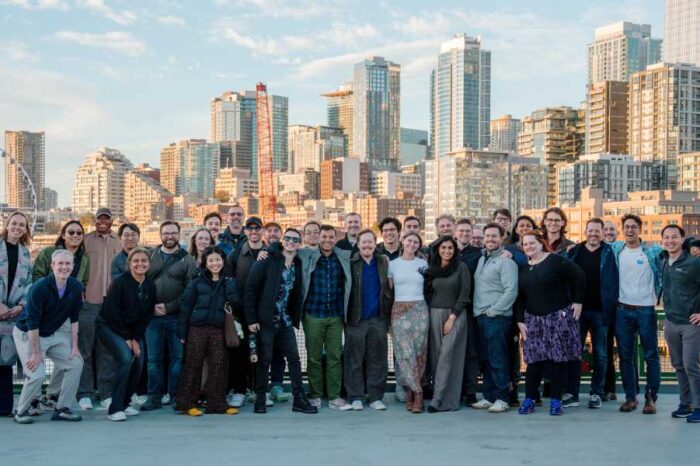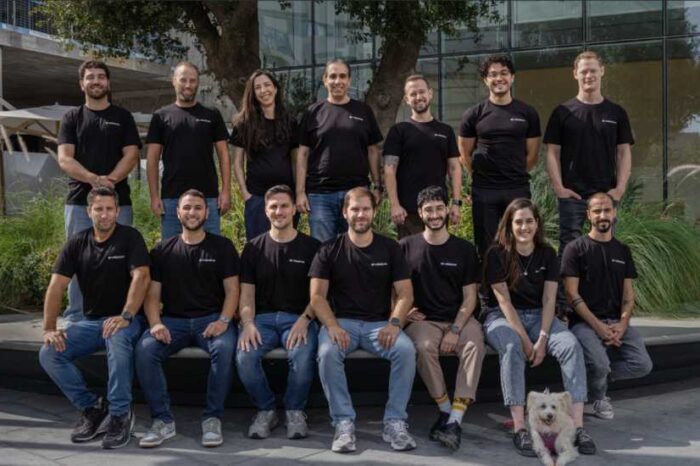Consumer Preferences Shaping Restaurant Delivery: What Diners Want in 2025

How Changing Consumer Behaviors Are Redefining the Future of Restaurant Delivery
The food delivery industry is in the midst of a transformation, driven largely by the evolving preferences and behaviors of consumers. As we approach 2025, there are three main factors shaping how diners engage with restaurant delivery services: convenience, speed, and menu variety. These shifting demands are not only redefining the food delivery experience but are also compelling restaurants to adapt to the ever-growing expectations of a tech-savvy, time-conscious customer base.
Convenience: A Cornerstone of Modern Dining
Convenience has always been a key driver of food delivery, but as consumer expectations evolve, it is becoming even more essential. Today’s diners expect to access their favorite meals with minimal effort, regardless of where they are—whether at home, at work, or on the go. As such, mobile apps and websites have become the primary platforms for placing orders. But it’s no longer enough to simply offer an online ordering system. Customers now expect a streamlined, intuitive user experience that makes placing orders quick and simple.
In addition, real-time tracking has become a standard expectation. Diners want to know precisely when to expect their food. This added transparency enhances convenience, making customers more likely to choose delivery over dining out. The ability to track deliveries not only assures customers that their meals are on the way, but it also gives them peace of mind knowing exactly when their food will arrive.
A platform that exemplifies this shift in consumer behavior is Trypicnic, a service designed to streamline the process of food delivery for both restaurants and customers. They and other platforms offer a simple system for restaurants to register and manage their delivery services while providing an efficient and user-friendly interface for customers.
This move towards convenience isn’t just about making ordering easier; it’s about meeting customers where they are and offering them a seamless experience. Whether it’s offering personalized recommendations, saving previous orders, or enabling voice-activated ordering, these features ensure a frictionless process that keeps diners coming back.
Speed: Fast Delivery Is No Longer a Trend—It’s a Necessity
Speed has always been a vital element of the food delivery experience, but with technological advancements and improvements in logistics, quick delivery is now a non-negotiable expectation. Consumers in 2025 are demanding faster service, with many restaurants and delivery platforms aiming to deliver meals in 30 minutes or less.
Technological innovations, such as cloud kitchens and AI-powered routing systems, are playing a crucial role in reducing delivery times. Cloud kitchens, also known as “dark kitchens” or “ghost kitchens,” are facilities specifically designed to fulfill delivery orders, which helps optimize the cooking process and delivery logistics. These kitchens often operate with minimal overhead costs, enabling restaurants to pass on savings to customers and reduce wait times.
AI-powered routing systems have also transformed delivery efficiency. By utilizing real-time data, these systems determine the fastest delivery routes, ensuring food reaches customers quickly and stays fresh. This is particularly important as consumers increasingly expect their meals to arrive hot and ready to eat, with minimal delays.
For restaurants, investing in an efficient delivery infrastructure is no longer a choice—it’s a necessity. With the demand for faster delivery increasing, businesses need to embrace these innovations to stay competitive. As customers grow accustomed to quicker turnaround times, restaurants that fail to meet these demands risk losing customers to more efficient competitors.
Menu Variety: Meeting the Needs of Diverse Tastes
The demand for a broader range of menu options is another key trend in restaurant delivery. Consumers today are no longer satisfied with traditional fast food or generic takeout offerings. They are seeking a wider variety of meals that cater to their dietary preferences and restrictions. Whether it’s plant-based, gluten-free, low-calorie, or allergen-friendly options, diners are increasingly looking for meals that suit their specific needs.
This shift is prompting restaurants to expand their menus to include a broader selection of items that can accommodate diverse tastes. For example, plant-based diets have grown significantly in popularity, with more diners seeking vegan and vegetarian options, not just for ethical reasons but for health benefits as well. Similarly, consumers with dietary restrictions, such as gluten intolerance or lactose sensitivity, now expect restaurants to offer suitable alternatives.
Personalization is also playing a significant role in this evolution. More diners are looking for the ability to customize their orders, whether it’s swapping ingredients or adjusting portion sizes to suit their preferences. As such, restaurants that provide flexible, customizable options are better positioned to attract and retain a loyal customer base.
Offering a diverse and customizable menu is no longer a luxury; it has become an essential part of staying competitive in the rapidly evolving delivery market. As consumer tastes continue to diversify, restaurants will need to invest in developing flexible menu options that can cater to an increasingly demanding and health-conscious audience.
The Future of Restaurant Delivery: Balancing Convenience, Speed, and Variety
As the food delivery industry continues to evolve, restaurants must adapt by embracing new technologies and changing their operations to meet the needs of the modern consumer. To remain competitive, restaurants will need to prioritize three key areas: convenience, speed, and menu variety.
Convenience is a cornerstone of modern dining, and platforms like Trypicnic are helping to make the ordering process smoother and more efficient for customers. Speed has become a necessity, with quick delivery windows now expected as a standard part of the service. Investing in innovative technologies like cloud kitchens and AI-powered routing systems will help restaurants meet the demand for fast service. And finally, offering a diverse menu with customizable options will ensure that restaurants can cater to the varied tastes and dietary needs of their customers.
By focusing on these core elements, restaurants can stay ahead of the curve and deliver exceptional experiences to diners in 2025 and beyond. As consumer expectations continue to shift, those who can embrace and adapt to these changes will be best positioned to thrive in the future of restaurant delivery.




